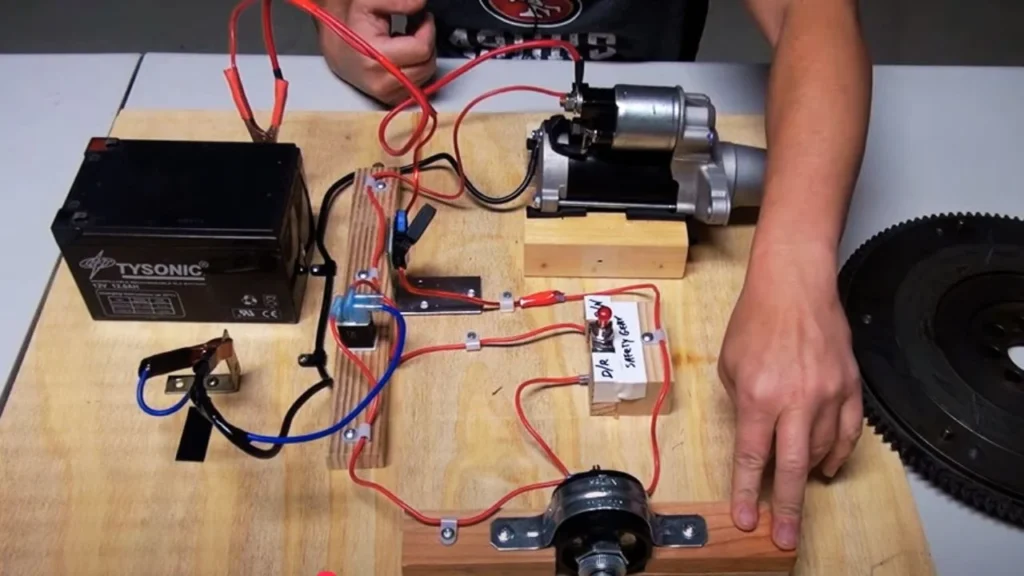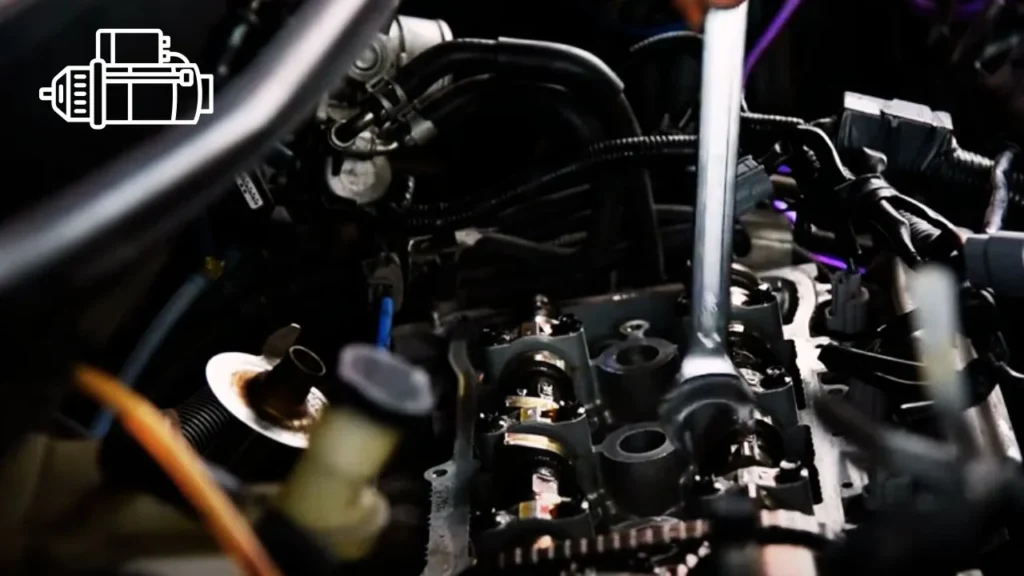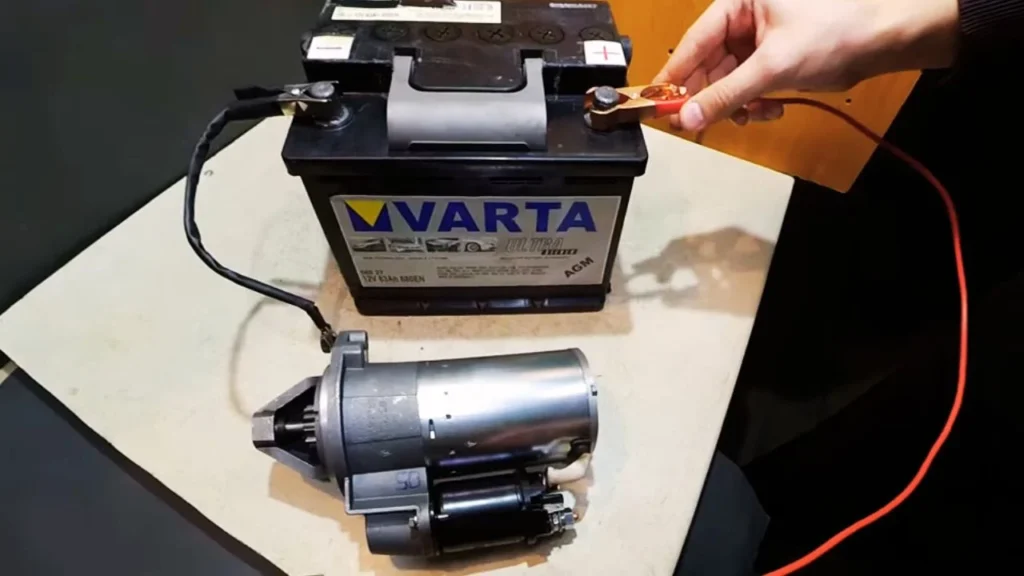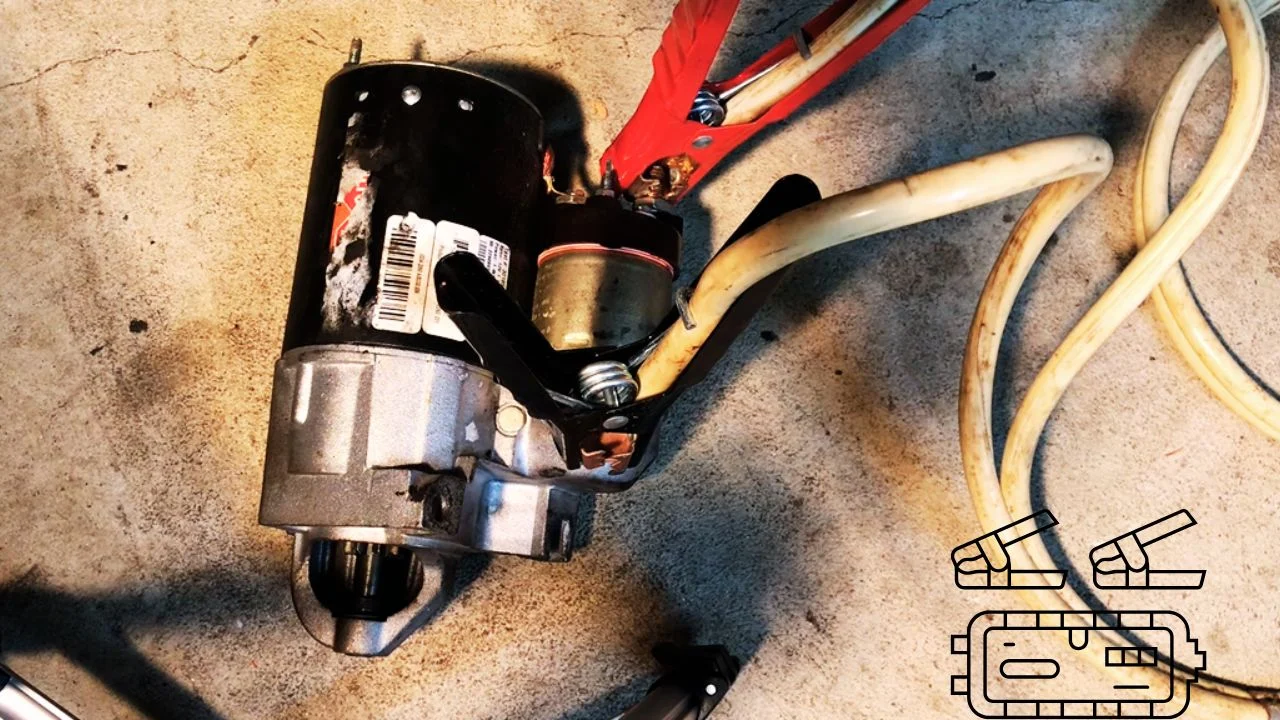This guide is for anyone who’s turned the key and got nothing but silence How to Jump Start a Starter . I’ve been there, stuck in a parking lot, thinking it was the battery when it was actually the starter. If you’ve ever faced this, you know how frustrating it is. That’s why learning this can save you time and stress.
Quick Look
Jump-starting a bad starter works in 10-20% of cases but is only a temporary fix. If your car struggles to start often, replacing the starter is the best long-term solution. A new starter lasts 100,000-150,000 miles, keeping your car reliable. If you’re wondering how to jump start a bad starter, keep in mind that while it may work temporarily, it’s not a permanent solution. For a detailed guide, check out how to jump-start a semi-truck.
Understanding the Starter System

Everyone, before you even think about how to jump start a starter, you gotta understand how it works. The starter is the little motor that kicks your engine into action. Without it, your car isn’t going anywhere.
What Does a Starter Do?
The starter is basically a small but powerful electric motor. When you turn the key (or press the start button), it cranks the engine so it can start running on its own. It works with the battery, ignition switch, and solenoid to make this happen. If you’re wondering can you jump a starter motor, it’s important to understand how these components interact to get your engine going. For more details on what to do next, check out what to do after jump-starting a car.
Common Reasons a Starter Won’t Crank
- Worn-Out Starter Motor Starters don’t last forever. On average, they last 80,000 to 150,000 miles. If yours is older than that, it could be dying, and you may need to learn how to jump start a starter to get your car running.
- Weak or Dead Battery – If the battery is too weak, the starter won’t get enough power to do its job. A fully charged battery should have 12.6V or more.
- Bad Starter Relay or Connections – Sometimes, the relay that sends power to the starter fails. Loose or corroded wires can also mess things up.
How to Know If Your Starter is Failing
- Clicking sound when turning the key If you hear a click but no engine cranking, the starter solenoid might be the problem.
- Dim lights when starting If your dashboard lights dim when you try to start, the starter could be pulling too much power.
- Grinding noise If it sounds like metal on metal, the starter gear might be worn out.
Can You Jump Start a Bad Starter?
Yes, but only in some cases. If the starter is weak or stuck, knowing how to jump start a starter might give it enough power to crank. Tapping the starter or using a stronger battery can sometimes help. But if the starter is completely dead, a jump-start won’t work. Signs of a failing starter like slow cranking or clicking sounds can also indicate when a jump-start might help temporarily.
How to Jump Start a Starter
Step-by-Step Guide to Jump Starting a Starter
1. Check the Battery First

Did you know that in about 60-70% of cases, the problem isn’t the starter it’s the battery? Use a multimeter to check the voltage. If it reads below 12.6V, your battery is weak. If it’s under 12.2V, it’s nearly dead. Also, check the cables. Corroded or loose battery terminals can cause a 30-40% drop in power flow, so clean them up and tighten them properly. If your car starts after a jump but won’t start again, you might need further troubleshooting check out this guide for more details: Car starts after jump but won’t start again.
2. Tap the Starter Motor

Yes, the old “hit it and see” trick actually works. If the starter solenoid is stuck, a few light taps with a wrench or hammer can free it up. But be gentle too much force can cause damage. This method is a simple step in How to Jump Start a Starter, helping in about 25-30% of cases, especially in older cars with faulty starter motors.
3. Use a Screwdriver to Jump the Starter

Locate the starter solenoid (usually near the engine or attached to the starter motor). Take a screwdriver and bridge the two terminals. This bypasses the ignition switch and sends power straight to the starter. If the engine cranks, you might have a faulty ignition switch or relay, which is responsible for jump-starting a car with starter issues, accounting for 15-20% of starter problems.
4. Try a Direct Battery Connection

If nothing else works, use a jumper cable or battery booster. Connect the positive (+) cable directly to the starter’s power terminal and the negative (-) cable to the engine block or chassis. This method forces power into the starter, bypassing weak wiring. If your car starts, you likely have a wiring issue, which accounts for around 10-15% of starter failures.
What to Do If Jump Start Fails?
Try Push-Starting (For Manual Cars Only)
Alright bro, if your car has a manual transmission, push-starting might do the trick. Get two people to push the car while you sit inside with the key turned to “ON.” Put the car in second gear, press the clutch, and once the car reaches around 5-10 mph, quickly release the clutch. If you’re lucky, the engine will fire up, and you’re good to go.
Check the Starter Relay
If push-starting doesn’t work, the problem might be with the starter relay. Open the fuse box under the hood and find the starter relay using the fuse diagram. Swap it with another relay of the same type, like the horn relay, and try starting the car again. If it starts, your relay was the issue, and you’ll need to replace it soon.
Tap the Starter Motor
Sometimes, the starter motor gets stuck, and a few taps can help. Grab a wrench or hammer and give the starter 3-5 light taps while someone turns the key. If the car cranks up, it means your starter is weak and will need replacing soon, but at least you can get it running for now. If you ever need to jump-start a car in the rain, make sure you follow the right safety steps check out this guide: Can you jump-start a car in the rain? A safe and practical guide.
Regular Maintenance Tips
Everyone, keeping your starter in good shape isn’t rocket science. A little care can save you from that annoying moment when your car just won’t start. Here’s what you need to do:
- Check Your Battery Every 3 Months – A weak battery forces the starter to work harder, which can wear it out faster. Get your battery tested regularly.
- Clean the Terminals Every 6 Months – Corrosion can block the electrical connection. A simple baking soda and water mix can keep things clean.
- Listen for Warning Signs – Clicking sounds, slow cranking, or needing multiple tries to start? Your starter is crying for help.
- Test the Alternator Annually – If your alternator isn’t charging properly, it can drain the battery and put extra strain on the starter.
Key Takeaways
- Check your battery every 3 months to prevent starter issues.
- Listen for slow cranking or clicking as warning signs.
- Replace a failing starter early to avoid breakdowns.
Final Words
Fury, taking care of your starter isn’t complicated. Regular battery checks, clean terminals, and listening for early warning signs can save you from unexpected breakdowns. Most starters last around 100,000 to 150,000 miles, but if your car struggles to start, don’t ignore it. A small fix now can prevent bigger problems later.
If jump-starting doesn’t work, it’s time for a replacement. Stay ahead of the issue, and your car will stay reliable when you need it most. Need to know how to jump start a starter Make sure your battery is strong, connections are secure, and give it a try before assuming the worst.
FAQs
Q1. How do I know if my starter is bad or just the battery?
If your lights and radio work but the engine won’t crank, it’s likely the starter. If everything is dead, the battery might be the issue. However, if you’ve installed a new battery but the car won’t start without a jump, there could be an underlying problem check out this guide for possible solutions: New battery but car won’t start without jump.
Q2. Can I jump-start a car if the starter is bad?
A jump-start usually won’t fix a bad starter, but tapping it lightly or bypassing the ignition might help temporarily.
Q3. How long does a starter last?
Most starters last 100,000 to 150,000 miles, but frequent short trips can wear them out faster.
Q4. What happens if I ignore a failing starter?
Ignoring a weak starter can leave you stranded, as it may completely fail without warning.




